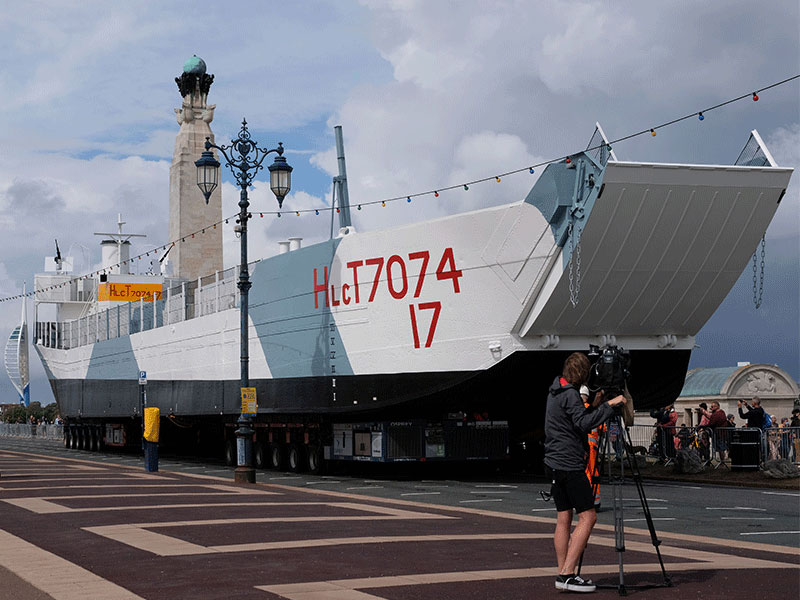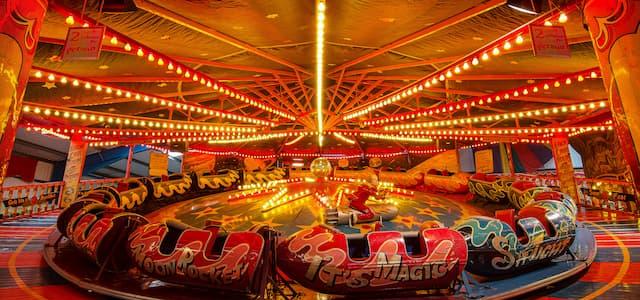
Remembrance Day time to reflect on Fund's 40-year history
Remembrance Sunday and Armistice Day provide an opportunity to reflect on our history as the UK commemorates those who have lost their lives in conflict.
The National Heritage Memorial Fund, which celebrates its 40th anniversary this year, was founded in 1980 as a memorial to those who have given their lives for the UK.
NHMF has played a vital role in saving a wide range of iconic objects and places across the UK, including wartime related heritage. It is through this support and funding that we continue to honour those who have given their lives in war.
To mark 102 years since the end of the First World War, we look back at some of the incredible war heritage the NHMF has preserved.
Second World War motorboats
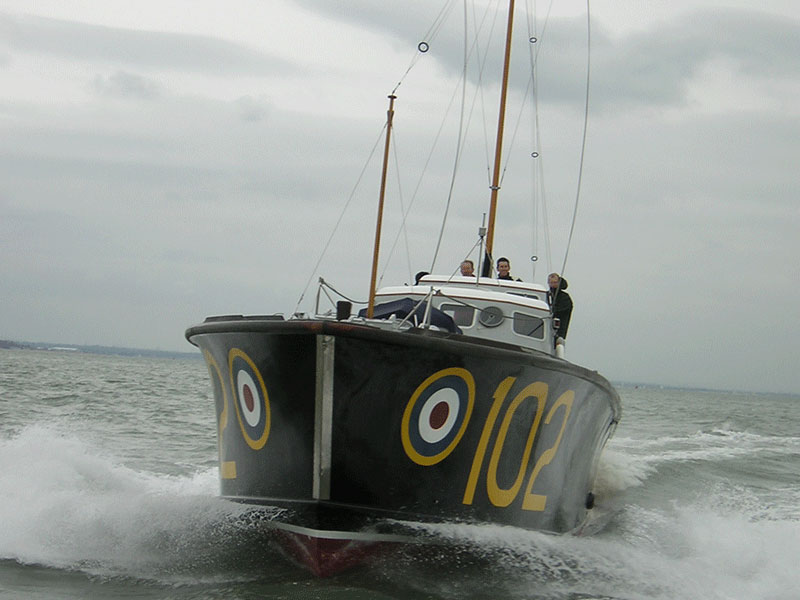
When they were built, these motorboats were the fastest of their type in the world and were branded the Spitfires of the Seas. Motor Gun Boat 81 was active during the US landing at Omaha Beach on D-Day. High Speed Launch 102 was stationed at RAF Calshot during the Battle of Britain, where it was used to rescue airmen – on both sides of the conflict – from the sea.
These unique military survivors had been rescued and carefully restored to their original condition by a private owner. With the aid of a £580,000 NHMF grant in 2009, Portsmouth Naval Base Property Trust was able to purchase the vessels.
They are now permanently displayed at Gunwharf Quays, where they serve as a lasting tribute to the ingenuity of British design and the valour of those who served on them.
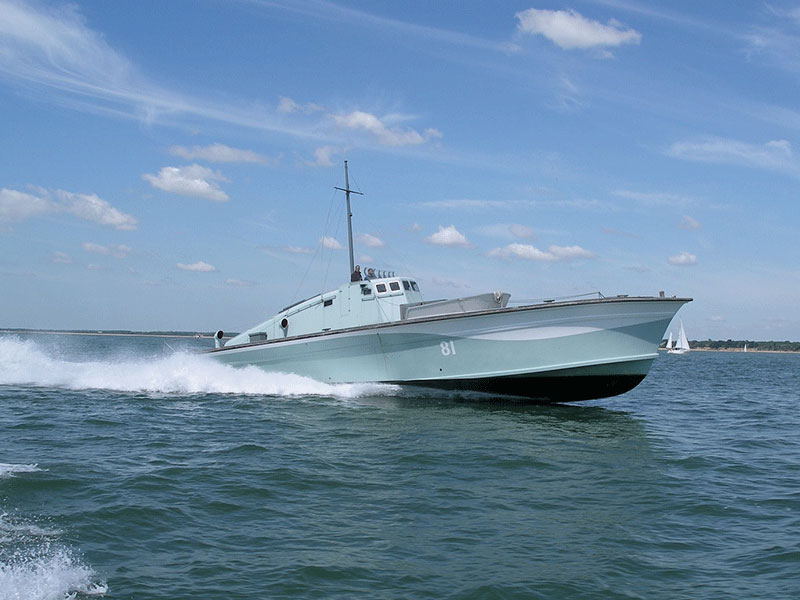
Edwin Lutyens’ Cenotaph drawings
In July 1919, the architect Edwin Lutyens was asked to design a monument to mark the signing of the Peace Treaty that brought the First World War to an end.
The temporary wood and plaster structure was unveiled on 18 July in Whitehall as part of the Peace Day events. It was originally intended to stand for a week, but this was extended due to its popularity.
In January 1920, bad weather finally forced the removal of the temporary monument. A slightly altered, permanent memorial was unveiled in its place on Armistice Day 1920.
This year marks the centenary of the stone Cenotaph in Whitehall, and its place at the centre of Remembrance Day activities.
Five of Lutyens’ original design drawings for the Cenotaph were acquired by the Imperial War Museum in 1990, with the assistance of a NHMF grant of £2,830.
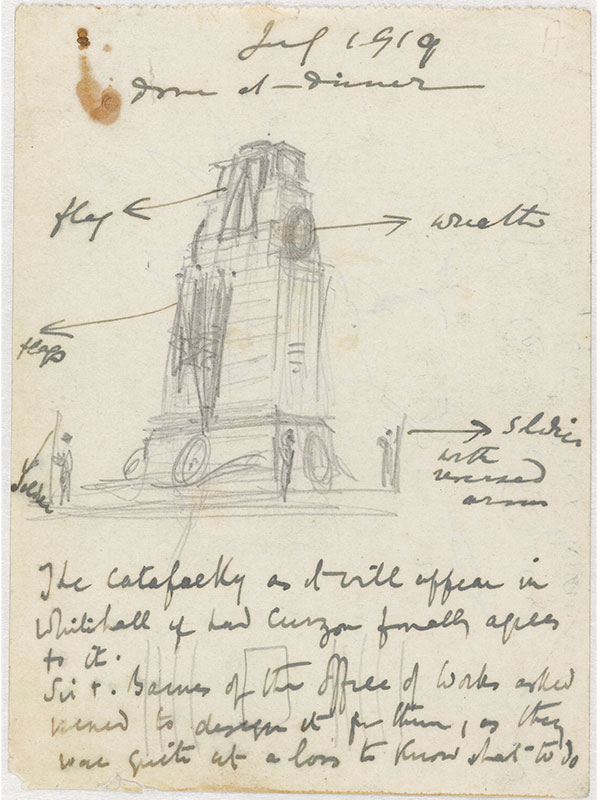
With COVID-19 restrictions in place for this year’s Remembrance – blocking access both to the Cenotaph and the museum – the public can instead explore Lutyens’ classical and impactful designs online, and see how they changed into the structure we know today.
LCT 7074 Landfall
On 6 June 1944, thousands of soldiers – as well as ships and crafts of all sizes – took part in the D-Day landings. It was the largest seaborne operation in history.
Of the more than 800 landing craft tanks (LCTs) that were part of those Normandy landings, LCT 7074 Landfall is the only one that survives.
In the late 1990s, the Warships Preservation Trust began the slow process of restoring LCT 7074 Landfall, but the craft was left in a deteriorating state after the Trust went into liquidation.
A NHMF grant of £916,149 helped the National Museum of the Royal Navy to save the LCT 7074 Landfall in 2015. The grant enabled the craft to be re-floated and transported to Portsmouth Naval Base, where she is moored outside the D-Day Story Museum.
